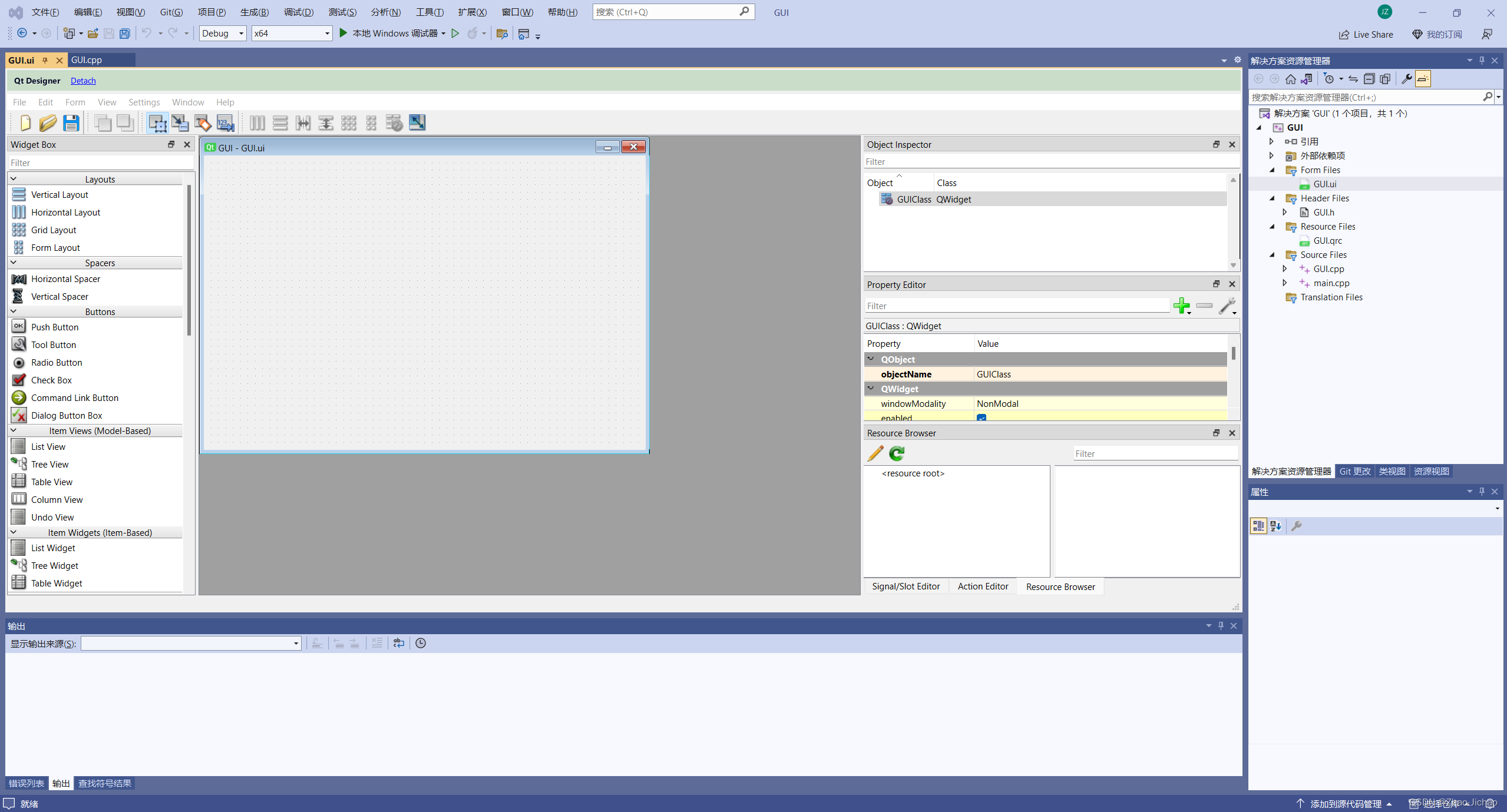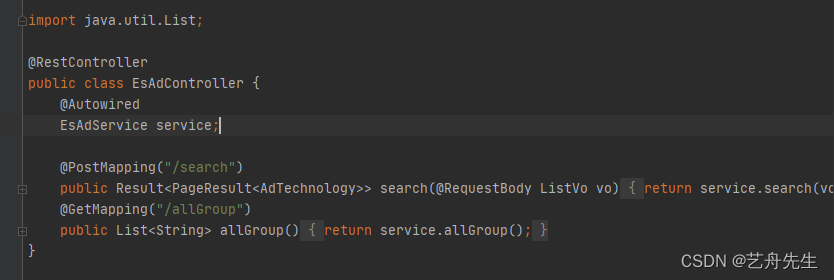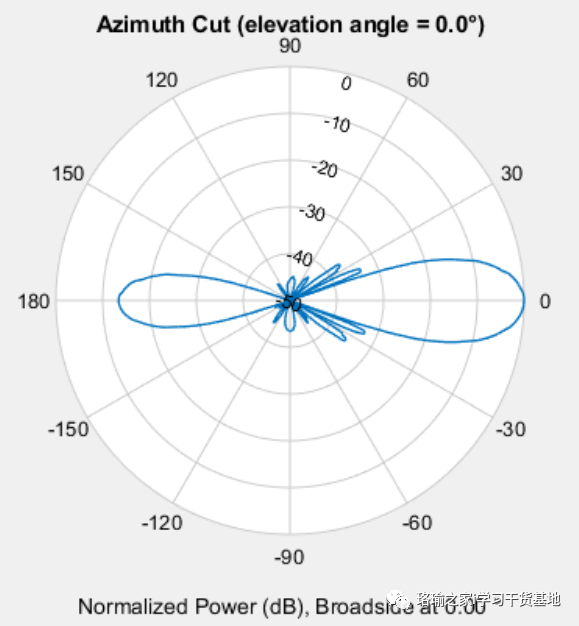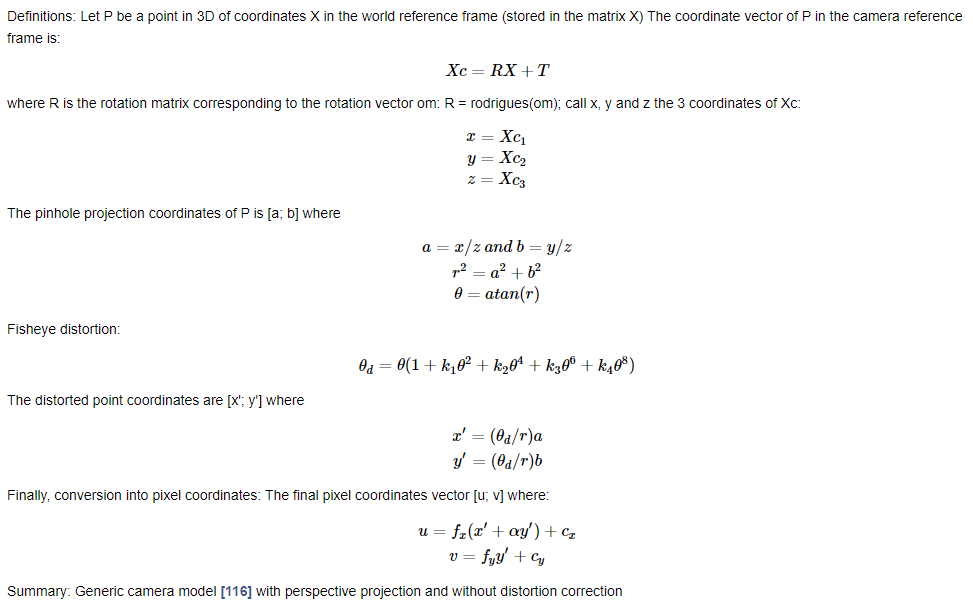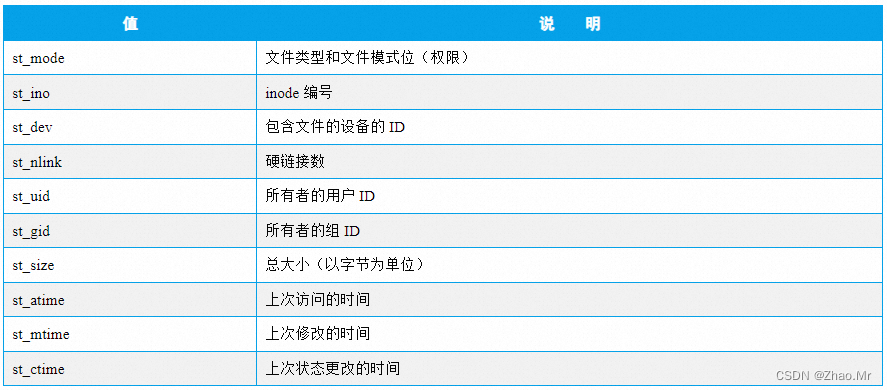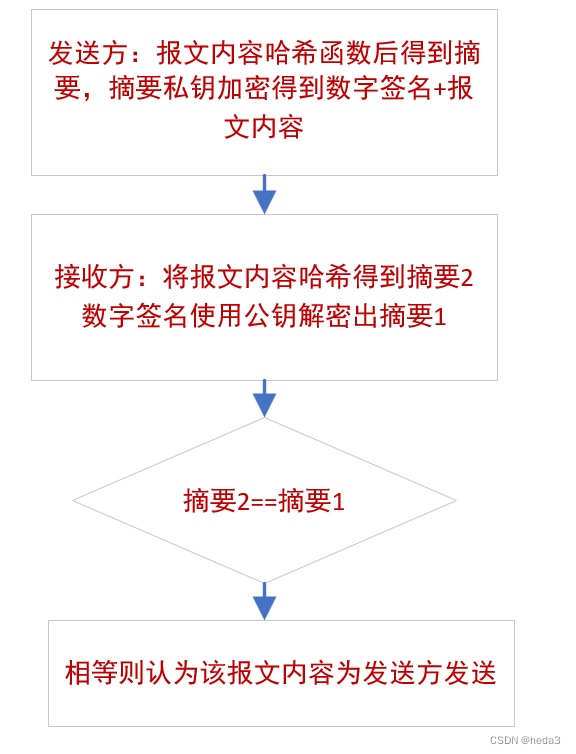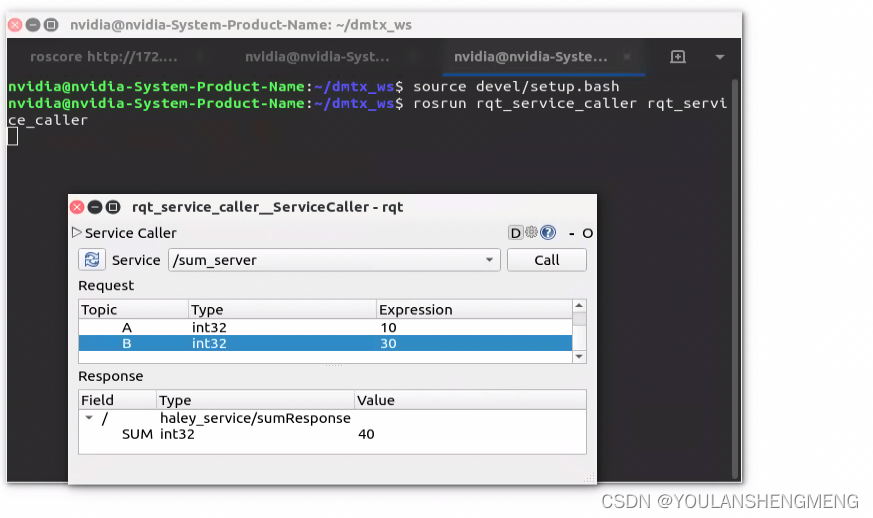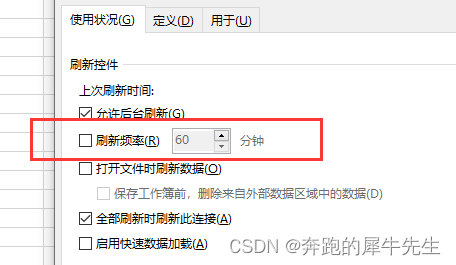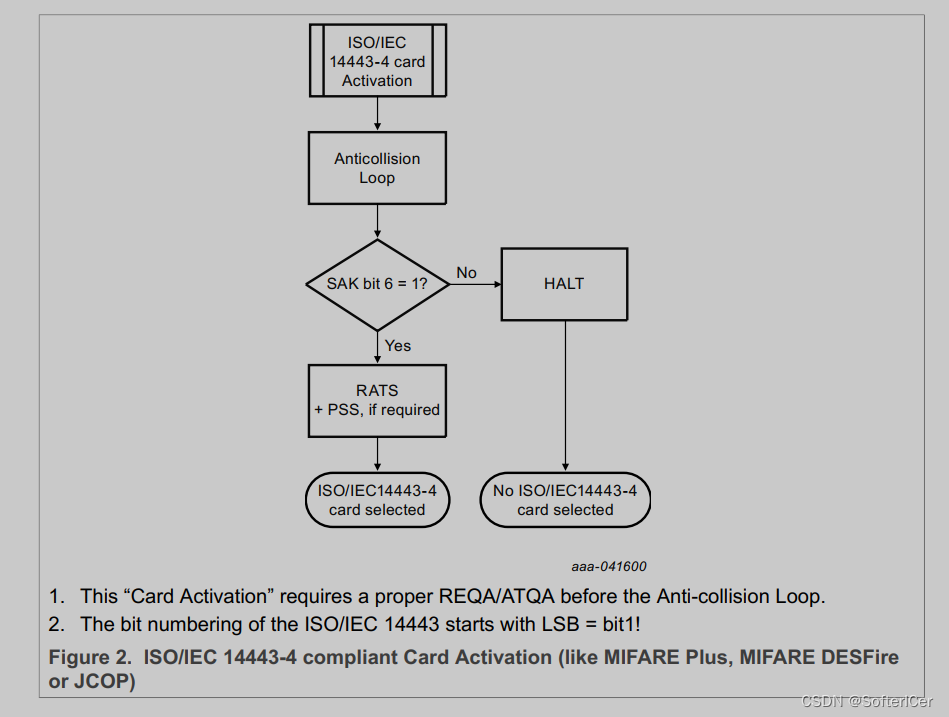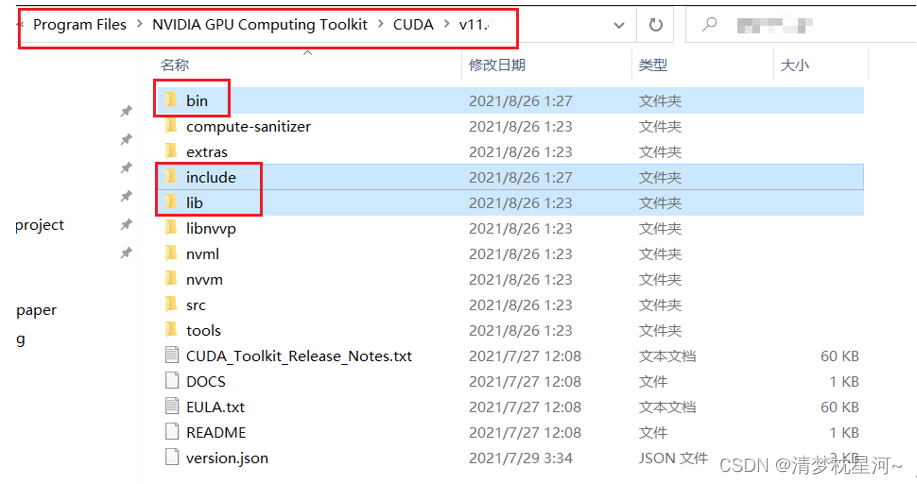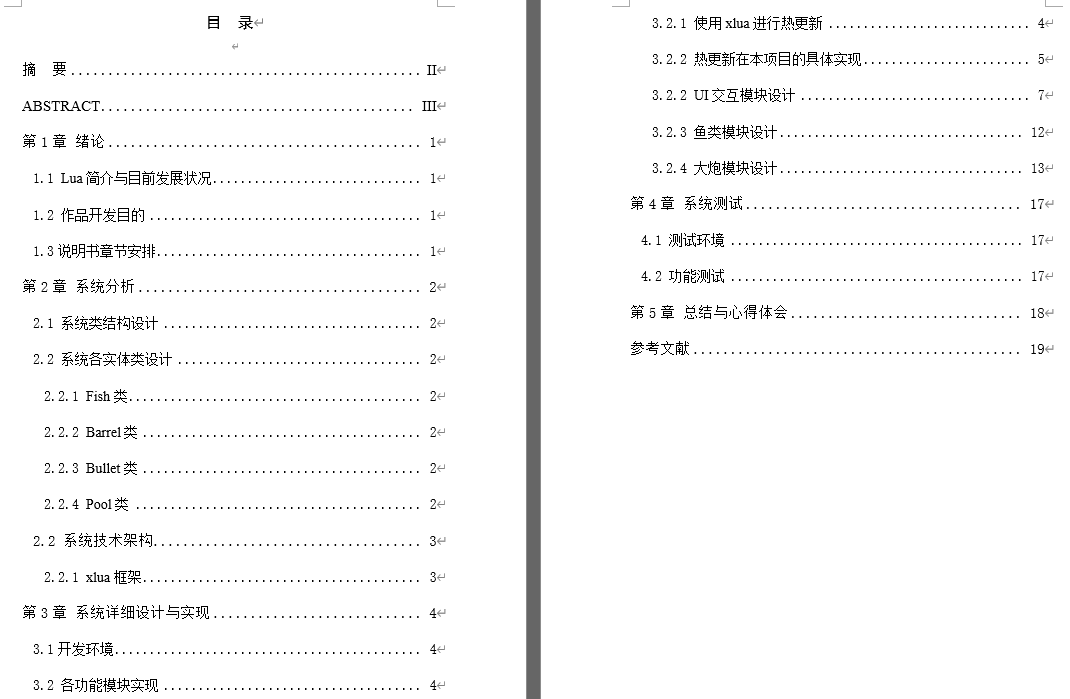目录
一、源文件到可执行程序的过程
二、预处理详解
1. 预定义符号
2. #define
3. 条件编译
一、源文件到可执行程序的过程
- 预处理:去注释,宏替换,头文件展开,条件编译
- 编译:c语言 ---> 汇编语言(语法分析、词法分析、语义分析、符号汇总)
- 汇编:汇编语言 ---> 二进制指令,形成符号表
- 链接:合并段表,符号表的合并和重定位
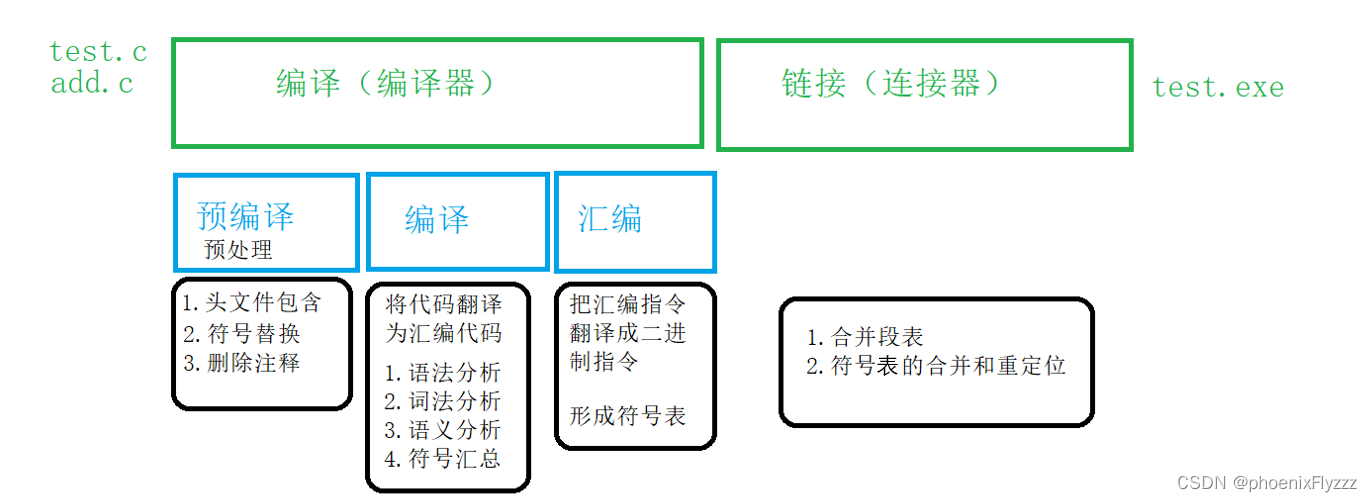
二、预处理详解
1. 预定义符号
- __FILE__ 进行编译的源文件
- __LINE__ 文件当前的行号
- __DATE__ 文件被编译的日期
- __TIME__ 文件被编译的时间
- __func__ 当前的函数名
void Test()
{
printf("name:%s file:%s line:%d date:%s time:%s\n",
__func__, __FILE__, __LINE__, __DATE__, __TIME__);
//name:Test file:test.c line:5 date:Mar 10 2023 time:16:27:41
}
int main()
{
Test();
return 0;
}2. #define
- 符号替换
- 宏替换
#include <stdio.h>
#define PRINT(N, format) printf("the value of "#N" is "format"\n", N)
int main()
{
int a = 10;
float pai = 3.1415926;
PRINT(a, "%d"); //the value of a is 10
PRINT(pai, "%.2f"); //the value of pai is 3.14
return 0;
}##:将两端的符号合成一个符号
#include <stdio.h>
#define CAT(x, y) x##y
int main()
{
int ABC = 10;
printf("%d\n", CAT(A, BC)); //10
return 0;
}宏的参数可以出现类型,函数不行
#define MALLOC(num, type) (type*)malloc(sizeof(type) * num)用宏定义将一个整数的二进制位的奇数位和偶数位交换
#define SwapIntBit(n) (((n) & 0x55555555) << 1 | ((n) & 0xaaaaaaaa) >> 1)用一个宏定义计算一个结构体中某成员变量相对于首地址的偏移
#include <stdio.h>
#define offsetof(StructType, MemberName) (size_t)&(((StructType*)0)->MemberName)
typedef struct Student
{
char name[20];
int age;
float score;
}Student;
int main()
{
Student stu;
int n = offsetof(Student, score);
printf("%d\n", n); //24
return 0;
}3. 条件编译
#include <stdio.h>
#define a 2
int main()
{
#if (a == 1)
printf("hello world\n");
#elif (a == 2)
printf("hello hdu\n");
#else
printf("hello china\n");
#endif
return 0;
}#include <stdio.h>
#define MAX 0
int main()
{
#if defined(MAX)
printf("haha\n");
#endif
#ifdef MAX //判断该符号是否定义
printf("haha\n");
#endif
#if !defined(max)
printf("hehe\n");
#endif
#ifndef max
printf("hehe\n");
#endif
return 0;
}#pragma once 避免头文件的重复引用

